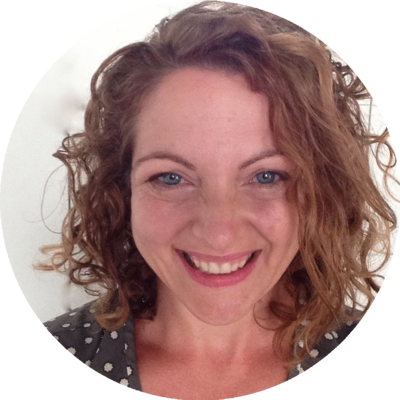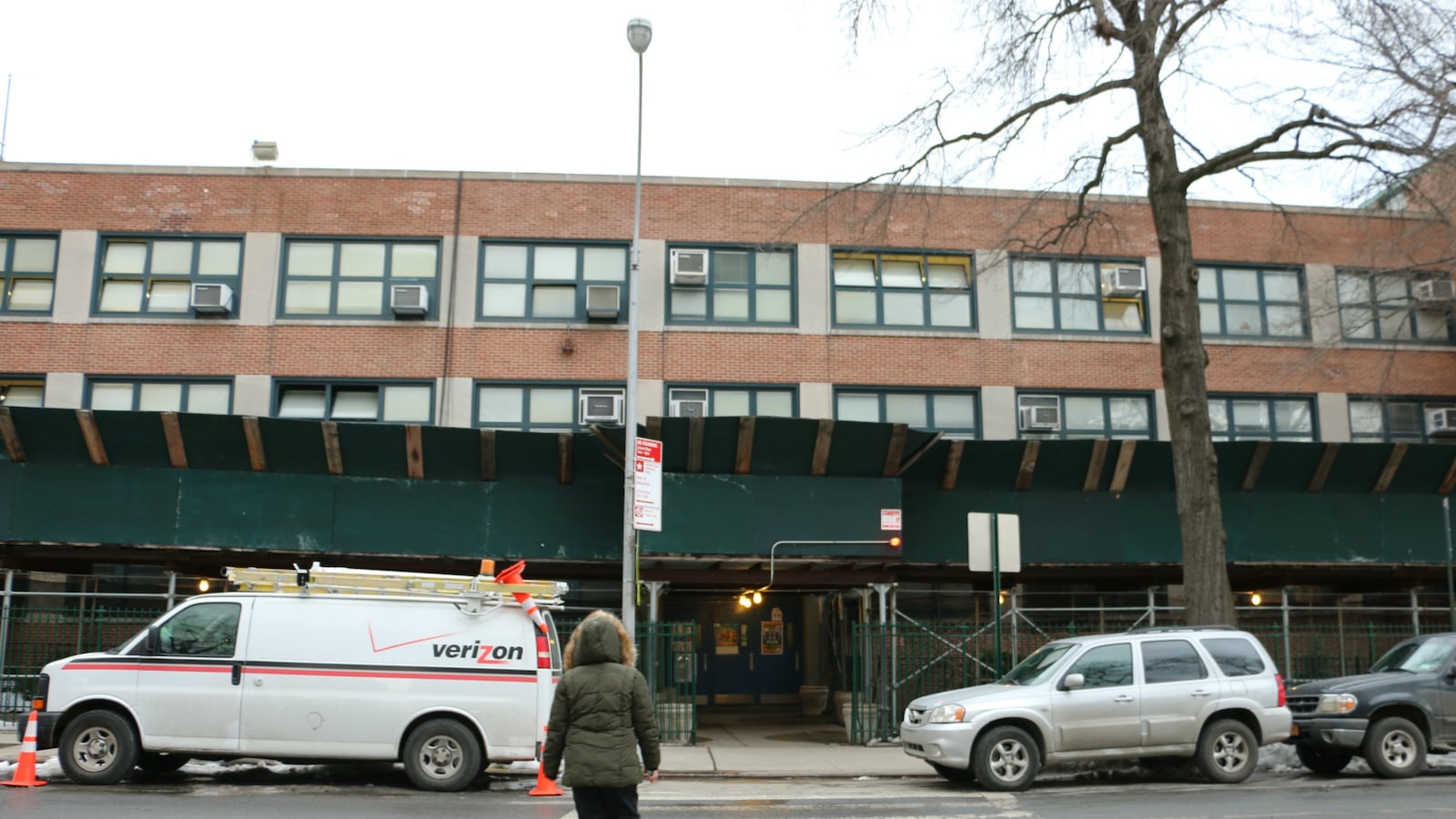
This is the second entry in a new series we’re calling How We Got Here, where students and families explain how they chose, or ended up at, the schools they did. You can see the whole series here.
Even before my children were born, I spent hours envisioning them in a kindergarten classroom, smelling of crayons, Tempera paint, and Elmer’s glue. Little scissors, blocks, and dress-up clothes completed the Norman Rockwell picture.
Once my son was born, I spent years thinking about how to move to an area with a good school. We worked hard and eventually bought our way into Brooklyn Heights, a sought-after neighborhood that is home to the coveted, and overcrowded, P.S. 8. By the time I filled out my son’s kindergarten application, it was a moment more than five years in the making.
I waited with anticipation to receive our acceptance letter. When it came, I opened the envelope and read, “We are pleased to announce that your son will be attending P.S. 307.”
Waves of panic washed over me. P.S. 307, while also nearby, is not P.S. 8. Most of its students live in poverty. I sat awake at night envisioning my precious little blond boy going to a school with a towering housing project in its shadow. In that moment, I wondered: How could this happen?
Months later, I wonder more about how I could I have reacted that way. I want to take you on my journey as I faced my own ignorance — as “choosing” a school taught me about my own prejudice.
During those first panicked weeks after receiving the letter, I desperately looked for other options for my child. Then I got a phone call with a cheery female voice on the other line. “We are inviting all of the families who were accepted to P.S. 307 to the school this Saturday to welcome you,” she said. “Would you be able to attend?”
And so I went. When I arrived, a friendly security officer said hello. I heard trickling water and turned to see two handsome turtles in an aquarium.
I learned that the turtles are a result of a recent grant to boost science education. The school has on-site STEM director who helps the teachers write highly engaging, rigorous, hands-on, project-based units connecting science, technology, and math. Each class has an animal, insect, or plant in the classroom. Literacy lessons connect to the science content.
I also learned how much Principal Roberta Davenport cares about her students. She grew up in the public housing across the street, and drove in every day from Connecticut to serve the community where she grew up.
When I visited again later, students were on task and engaged. It was a quiet and peaceful environment. A pre-kindergarten class was testing out vehicles in the hallway that they had created in the science lab. One class was singing as a teacher played guitar, while another was reading and playing music on keyboards.
The pre-K classrooms were inviting, with lots of nooks and cozy corners. I learned that the pre-K and kindergarten classes get 20 minutes of playground time in addition to regular recess. I learned that the school has a band, a chorus, and even offers violin lessons.
I was stunned by this little school, which I had so harshly judged. I felt energized and full of hope for my son, and I was angry with myself for making assumptions that this school would be unimpressive because it served poor students.
But while I felt hopeful, the other parents on the tour with me had more negative reactions.
“Why are test scores are so bad? Explain that to me.”
“It is just such a long walk to the school. It is too far.”
“The kids have to wait outside in the rain when they get picked up. I can’t have my nanny wait in the snow and rain like that.”
I felt like these parents were finding reasons to discredit the school before learning more. Why couldn’t they see what I was seeing?
This started my effort to try to understand what we were all looking for. What messages have we internalized? How do those ideas come out in ugly ways when our children are at stake?
One parent told me she has to consider the people her child will meet in school. “He could make some great connections that could help him later on,” she said. I guessed that she meant that she wants him to get a good job. I also think she meant that she wants him to be part of upper middle-class society.
I remember another conversation with a friend over a cup of coffee in Brooklyn Heights. I asked, what kind of school do you want your child to go to? It was a heated discussion with lots of words dropped: safe, nurturing, inquiry, project-based.
The more I dug into my soul, the more I come back to the idea that choosing a school is essentially about choosing the class you want to belong to and not about education at all. The truth that nobody wants to talk about is they want their white child to go to a white school. They want to go to a school where everyone eats Pirate Booty instead of Cheetos, where parents send their kids to New York Kids Club instead of Chuck E. Cheese’s.
I bring my own desires and biases to this, too. I am an educated, white, privileged woman. I am also a teacher.
I know from experience in my classrooms that upper-middle-class kids who come from educated backgrounds do well. They test well. They go to college. They get jobs. They do fine. As a teacher, I’ve also learned that the more diverse a classroom, the richer the discussions are, the more empathy is grown, the deeper we go into content knowledge.
And yet, even after deeply thinking about this — even after acknowledging these impulses — I did not happily send my child to P.S. 307. It was a complicated decision that followed many fraught conversations.
Ultimately, I decided that I wasn’t ready to take such a dramatic step. I wanted my son to have an educational environment like the one I saw at P.S. 307, but I couldn’t get past the idea that the level of need that most of its current students had was too different from my child’s. I also worried that, with Principal Davenport leaving, I wouldn’t be able to count on the quality I saw being sustained. And maybe the final decision was also rooted in a deep need to belong in my own whiteness.
But my son’s offer to P.S. 307, and my months of thinking on this issue, also led me somewhere surprising. Just a week before school began, my son did receive a seat at P.S. 8 — my dream scenario from the start.
We declined it. I knew that going to P.S. 8 would only further the institutionalized segregation in the city. I had become too uncomfortable with what the school’s relative homogeneity would mean for my son, despite the school’s enviable partnerships with Lincoln Center and the Guggenheim Museum.
Instead, I chose to send my son to P.S. 261 in Boerum Hill, a school with a more even mix of white students and students of color. It felt like a school where my son would be exposed to classmates truly different from him, but without the worries I couldn’t shake about P.S. 307. There, he could choose between chess or double dutch, gardening or African drumming, ballet/tap or hip-hop dance. It felt right.
The online review of P.S. 261 notes that “It has an active parent body that includes lawyers, hairdressers, writers and maintenance workers. This frank-talking community embraces the friction ethnic and economic diversity can sometimes bring, believing that kids coming together from different backgrounds creates a better world.”
This feels like a glimmer of hope. When we push past our neighborhood and visit each other’s schools, we can see into another world of possibility. And maybe when we do, we start to block those covert messages that are sent to us when we only attend white, upper-class schools.
Maybe those messages are born from segregation. And just maybe, sending my son to a more integrated school can start to break the cycle.
Interested in contributing to How We Got Here? Email us.
About our First Person series:
First Person is where Chalkbeat features personal essays by educators, students, parents, and others trying to improve public education. Read our submission guidelines here.


